
Product information
Müller-Catoir Bürgergarten Erste Lage Riesling 2019
Riesling from Pfalz, Germany
$95
Description
Update Nov 2023 Two years on the Erste Lage has resolved & the epic tension of its youth has relaxed. The Pfalz tends to make wines of a weight between the Mosel and Reinhessen. This one is true to form with plenty of zip and energy. Wonderfully expressive with a flowing long finish. Great drinking with more to come!
Paul Kaan, WINE DECODED
Perfumed with freshly grated lime zest, basil, white pepper and blossoming jasmine rising from the glass, this develops with time showing fleshier yellow stone fruit and green pineapple. The palate is round and quite concentrated, but structured around a framework of zippy acidity with juicy stone and tropical fruit character intermingling with pops of minerality and herbal spice. Mouth-filling yet also pure, tight with a certain phenolic grip and a mouthwatering salinity; drinking this wine is like biting into a slightly firm peach.
Although showing very youthfully at this stage, this is a wine designed for longevity and the foundations have been meticulously laid. Another 6 months will see more harmonious integration of fruit and acid structure; and with another 5 years, we can expect ever greater levels of depth, complexity and development.
In stock
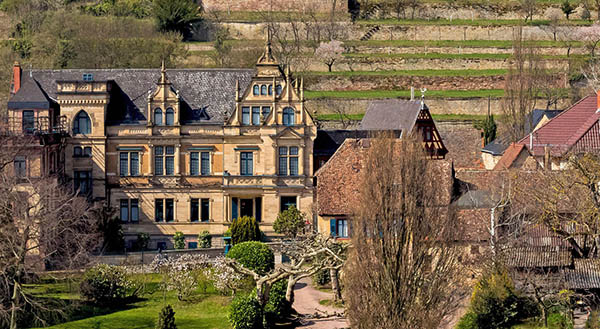
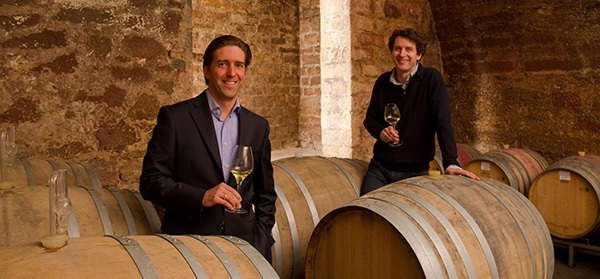
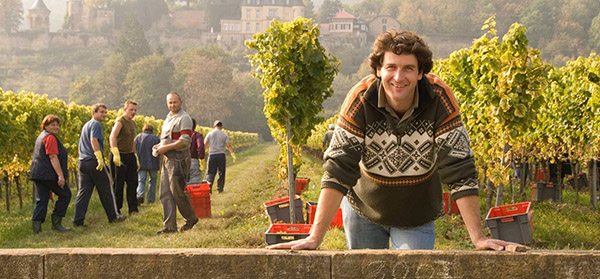





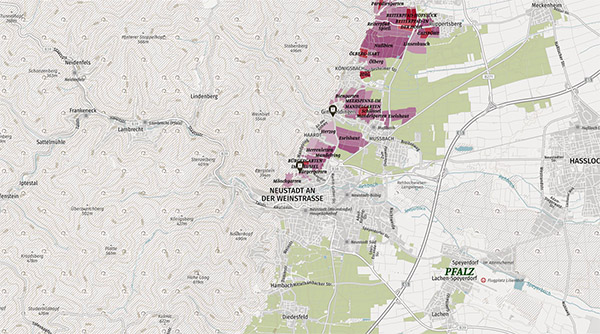
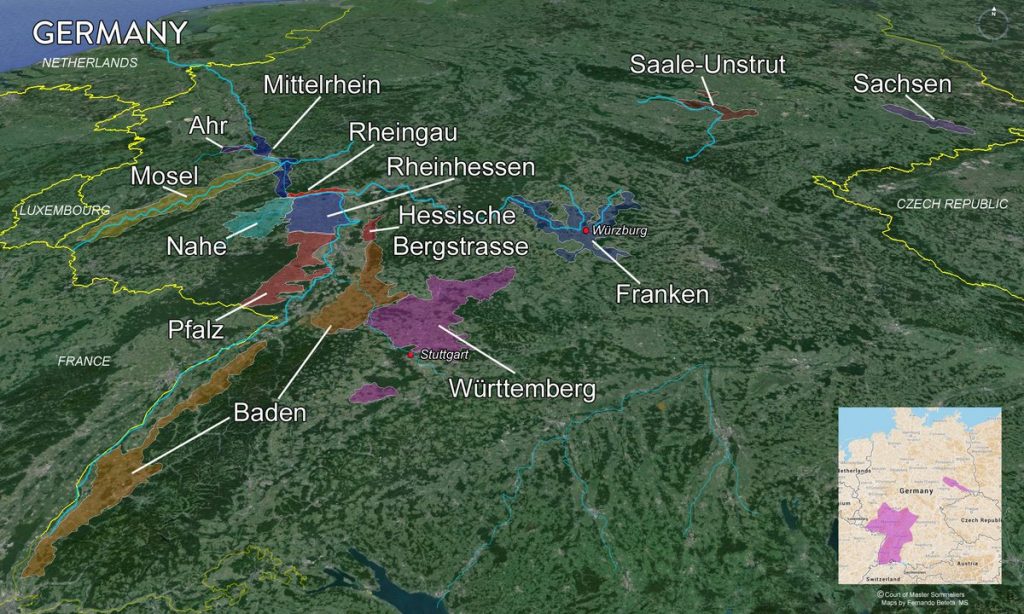
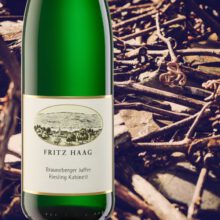
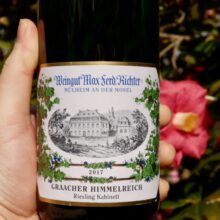

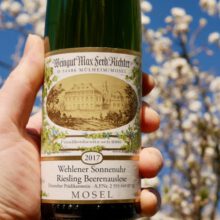
You must be logged in to post a comment.